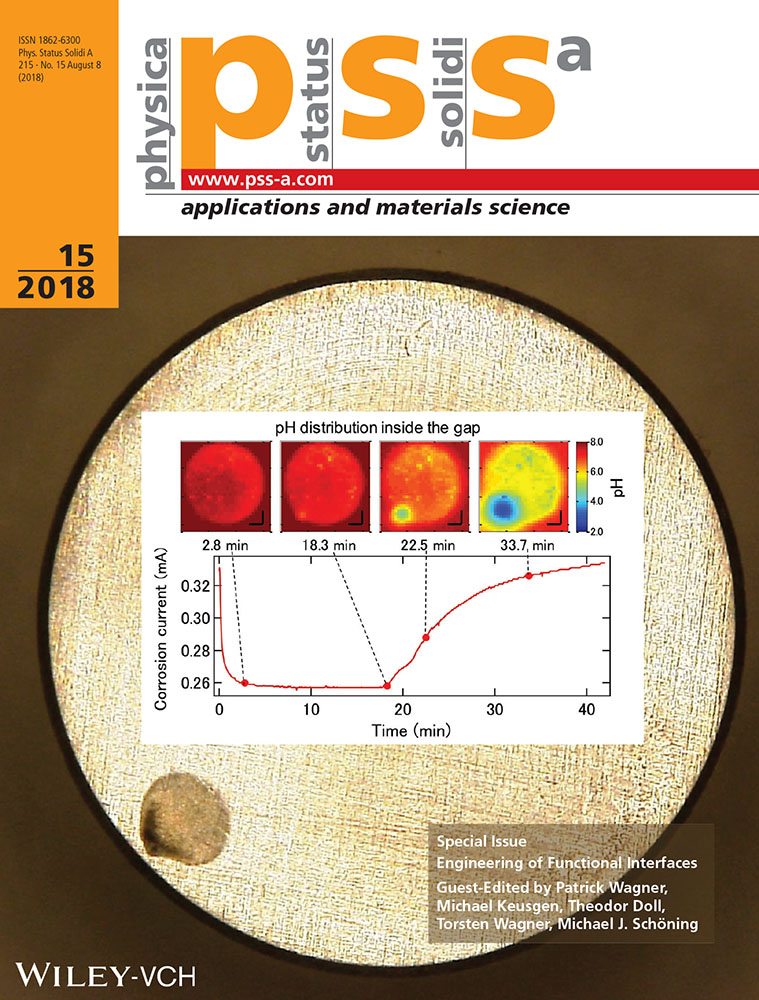Optimization of Cell-Based Multi-Chamber LAPS Measurements Utilizing FPGA-Controlled Laser-Diode Modules
Abstract
A light-addressable potentiometric sensor (LAPS) is a field-effect-based potentiometric device, which detects concentration changes of an analyte solution on the sensor surface in a spatially resolved way. It uses a light source to generate electron–hole pairs inside the semiconductor, which are separated in the depletion region due to an applied bias voltage across the sensor structure and hence, a surface-potential-dependent photocurrent can be read out. However, depending on the beam angle of the light source, scattering effects can occur, which influence the recorded signal in LAPS-based differential measurements. To solve this problem, a novel illumination unit based on a field programmable gate array (FPGA) consisting of 16 small-sized tunable infrared laser-diode modules (LDMs) is developed. Due to the improved focus of the LDMs with a beam angle of only 2 mrad, undesirable scattering effects are minimized. Escherichia coli (E. coli) K12 bacteria are used as a test microorganism to study the extracellular acidification on the sensor surface. Furthermore, a salt bridge chamber is built up and integrated with the LAPS system enabling multi-chamber differential measurements with a single Ag/AgCl reference electrode.




